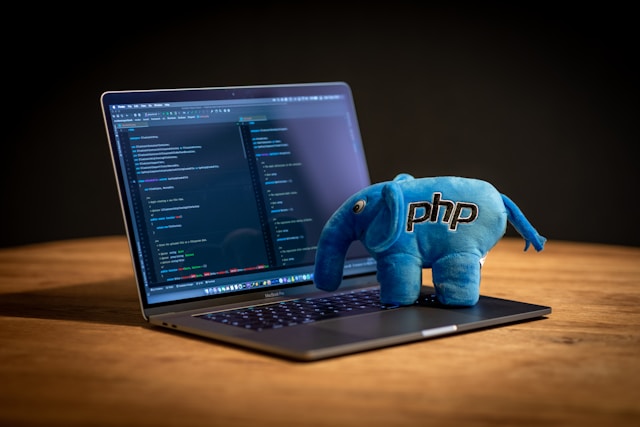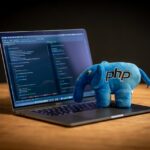PHP is a popular server-side scripting language that powers millions of websites across the internet. With great power comes great responsibility – it’s important for developers to follow PHP best practices when coding for the web. This article covers some key PHP best practices to ensure secure, performant, and maintainable web applications. You can find a real-world example of PHP usage here aussie casino.
Use a PHP Framework
Frameworks like Laravel and Symfony provide structure, security features, routing, and templating out of the box. They encourage following best practices by default. Compared to coding raw PHP, frameworks reduce boilerplate code and enforce conventions that facilitate collaboration and maintenance. Laravel is a good framework for new PHP developers.
Parameterize Queries
Never directly insert unsanitized user input into SQL queries. This leaves dangerous SQL injection vulnerabilities. Instead use parameterized queries via PDO or similar to separate query logic from parameters. Placeholders for parameters protect against injection attacks.
Hash Passwords
Plain text passwords should never be stored in your database. The password_hash() and password_verify() functions allow safely hashing and verifying passwords. Adding a salt makes each hash unique to foil rainbow table attacks. Follow best practices by enabling these PHP password functions.
Escape Output
To avoid XSS vulnerabilities where attackers inject malicious JavaScript into your site, always escape user input before outputting it. Use htmlspecialchars() to escape HTML output or other specialized escaping functions as appropriate. Never trust raw input.
Error Reporting and Logging
During development enable full PHP error reporting to catch coding issues early. In production log errors rather than exposing debugging information publicly. Monitoring logs allows catching and fixing recurring issues. Follow error reporting best practices appropriate to each environment.
Coding Standards
Adhere to an established coding standard like PSR-12. Consistent style, naming conventions, spacing, and more makes code easier to understand and maintain. Standards facilitate collaboration and onboarding. Check style with PHP CodeSniffer.
Comment Complex Code
Clear, concise comments explain the intent and flow of complex code. Outline edge cases, exceptions, and browser specific considerations. Code should strive to be self-documenting but strategic comments reduce confusion for other developers now or future you.



